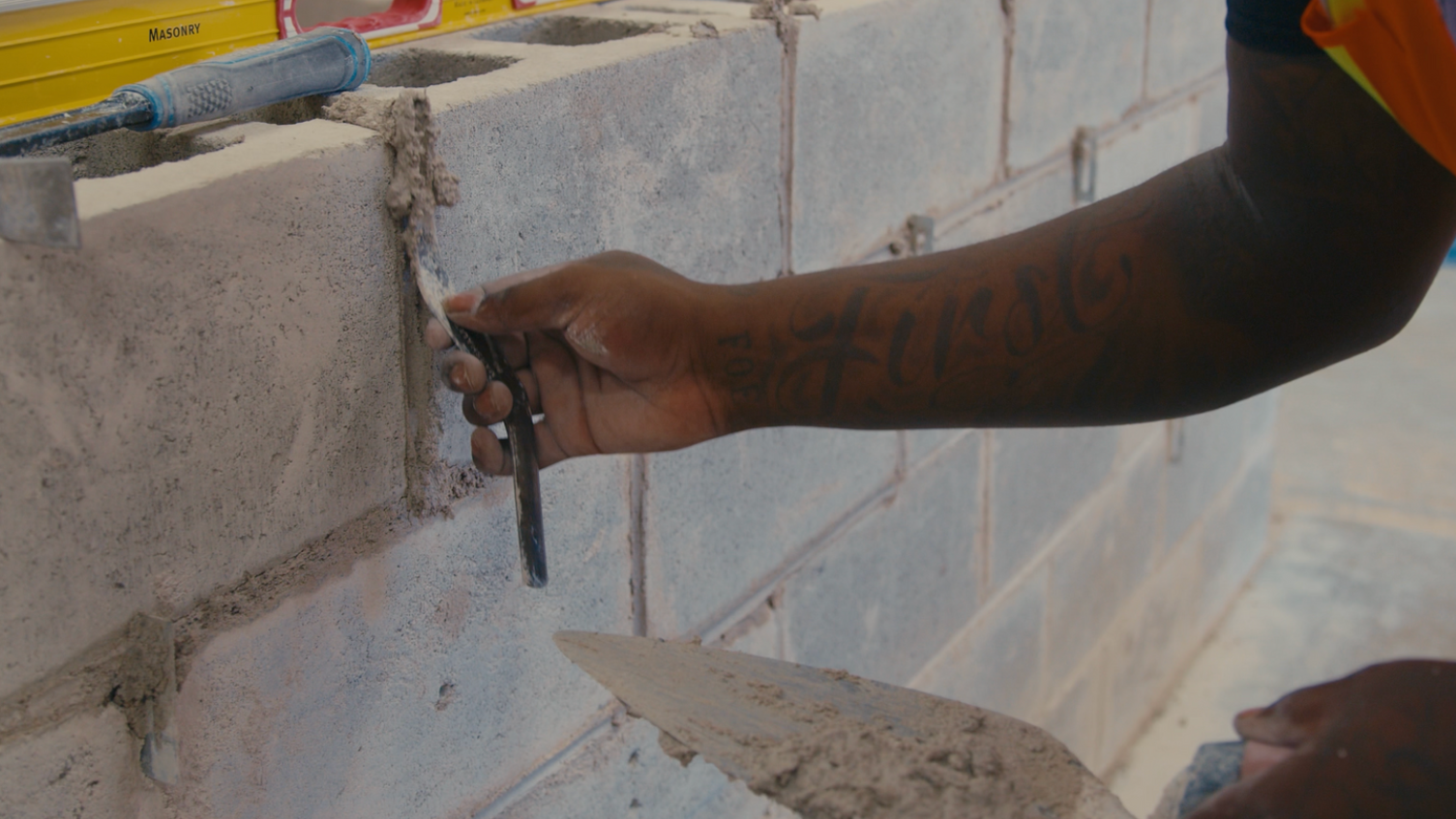Recidivism and Rehabilitation: Canadian Contributions to Effective Correctional Strategies
This article explores the significance of criminal justice and corrections within the fields of sociology, history, and psychology. Criminal justice professionals possess significant authority, and there is a particular emphasis on ensuring that this power and resources are used in a way that is ethical, legal, humane, efficient, and effective.

Understanding the psychological traits of offenders may help with sentence management and reduce the likelihood of reoffending. Four fundamental principles contribute to reductions in criminal recidivism: risk, need, responsiveness, and professional discretion. Historical research, particularly in the psychology of crime and corrections, has played a vital role in shaping effective correctional practices. In Canada, there's a noticeable emphasis among scholars on applying this research humanely within the criminal justice system. This approach contrasts with the United States, where there tends to be a greater focus on punishment and more repressive methods in criminal justice.

Research on Risk Factors
There are methods to predict criminal behaviour at various stages. This includes initial studies aiming at identifying biological, personal, and social traits that differentiate people with criminal backgrounds from those without. There are several identified risk factors through comparisons between young individuals who have engaged in delinquent behaviour and those who have not, including:
- Associating with antisocial or delinquent peers
- Holding antisocial attitudes, pro-criminal values, and beliefs
- Experiencing family conflict and low levels of affection or cohesion
- Poor parental supervision and discipline
- Family history of criminal records, substance abuse, mental health issues, welfare dependence, and unstable work
- Impulsivity, poor self-management, and problem-solving skills
- Enjoyment of risky activities, early engagement in adult behaviours like sex and drugs
- Early and varied misbehaviour in different settings
- Below average verbal intelligence
- Poor school performance and misconduct
- Difficulty in relationships with family, teachers, and peers
- Preference for unsupervised and unregulated leisure activities
- Being male, which is statistically associated with higher delinquency risk
Recidivism risks vary, indicating that risk factors differ among individuals. Not all high-risk traits are negative; for instance, being male or anti-authority isn't inherently bad. Adhering to social norms can bring emotional challenges like guilt and anxiety, which can be as problematic as criminal tendencies. Common risk factors linked to recidivism include family background, risky personality traits, and psychological profiles. The likelihood of reoffending is higher with more risk factors, especially among young, male individuals with prior offenses and certain socio-economic backgrounds.
Since the mid-20th century, these risk factors have been known to predict recidivism with 60-80% accuracy. Later, this knowledge was integrated into correctional systems, improving parole and correctional practices. However, predictions aren't always accurate due to oversights in risk assessments and limitations in follow-up duration. The criminal justice system's impact on offenders also influences recidivism rates.
Accurate predictions require ongoing risk assessments, focusing on changeable factors or "criminogenic needs." Continuous monitoring during probation can better predict reoffending than a one-time assessment. Correctional systems aim to help high-risk offenders reduce reoffending chances and keep low-risk individuals on track, balancing discipline and support in rehabilitation programs for societal safety and offender improvement.

Risk Principles
In correctional services, the risk principle focuses on assisting offenders more likely to reoffend, based on the notion of aiding those in greatest need. It suggests that less likely reoffenders require less intervention, efficiently allocating resources. The "casework paradox" implies that therapy and rehabilitation work better for low-risk individuals. In research, there's often confusion about treatment effectiveness based on risk level, with a mistaken belief that treatment is more effective for low-risk individuals. This overlooks potential benefits for high-risk offenders.
Probation supervision studies show differing recidivism rates among risk groups. High-risk individuals under intensified supervision had a lower reoffending rate (31%) compared to standard supervision (58%). Conversely, low-risk probationers reoffended more under intensified supervision (17%) than under standard monitoring (10%). This suggests that increased supervision benefits high-risk individuals but may be counterproductive for low-risk ones.
The risk concept in corrections guides resource allocation, focusing on individualized support based on risk profiles. While it's a step forward, challenges remain in effectively treating high-risk offenders. Effective treatment requires addressing specific criminal behaviours and needs of high-risk individuals. The principle emphasizes the need for targeted treatments for those more likely to reoffend, highlighting the complexity of managing recidivism in correctional settings.

Need Principle
In correctional therapy, the focus on criminogenic needs, or the factors that lead to criminal behaviour, is crucial. This approach involves identifying and addressing specific issues that might have influenced someone to commit a crime. The goal is to lessen the chance they will reoffend. This method requires a detailed understanding and action on key aspects such as:
- Transforming antisocial thought patterns: If an offender's reoffending is due to antisocial thinking, the focus should be on changing these thought patterns, rather than just improving self-esteem.
- Addressing job retention issues: If difficulties in maintaining employment contribute to an individual's recidivism, the emphasis should be on developing skills for job retention, not solely on job-finding skills.
When it comes to rehab services for people who have committed crimes, the main areas to focus on include:
- Modifying negative attitudes and feelings that lead to antisocial behaviours.
- Limiting interactions with antisocial peers.
- Improving communication and supervision within the family.
- Building connections with role models who uphold anti-criminal values.
- Developing skills for better self-control, and problem-solving effectively.
- Replacing harmful behaviours like dishonesty and aggression with positive ways of interacting.
- Addressing issues of substance abuse.
- Shifting how individuals view the pros and cons of criminal and non-criminal behaviours, making lawful choices more appealing.
- Providing supportive and stress-free living conditions for those with ongoing mental health issues.
- Tailoring treatment to each person's specific risks and needs related to their criminal behaviour.
- Teaching individuals to recognize and effectively manage situations that may lead to reoffending.
On the other hand, some strategies are typically less successful in lowering the rate of recidivism, including:
- Increasing self-esteem without simultaneously addressing antisocial behaviours and associations.
- Focusing on general emotional problems that are not directly linked to criminal activity.
- Encouraging connections among those who behave antisocially.
- Improving the overall conditions of neighbourhoods without specifically helping those at higher risk of committing crimes.
- Mistaking antisocial thinking for cultural values.
- Fostering goals in education or work without giving tangible support.
- Trying to make the individual a "better person" based on standards that don't connect to their likelihood of reoffending.

Responsivity Principle
The risk concept aids in determining which criminals will benefit the most from intense rehabilitation programmes. The need principle specifies which areas of rehabilitation should be prioritized. Responsiveness entails selecting the best ways and styles for delivering these services.
This involves two major components:
- Determining the effectiveness of specific methods tailored for offenders, which are different from the ones used for people with neurotic or psychotic disorders.
- Assessing if there are unique responsivity factors that apply to different groups of offenders.
Effective offender rehabilitation often uses cognitive-behavioural and social learning methods. These techniques involve teaching non-criminal behaviour, step-by-step skill building, role-playing, offering support, and clear verbal instructions to encourage positive behaviour change.
The following are the five key characteristics of effective correctional monitoring and counselling:
- Authority: This entails using a "firm but fair" attitude, differentiating between rules and requests, assessing progress, and rewarding compliance with treatment plans. It's about guiding, not controlling or abusing.
- Anti-criminal Modelling and Reinforcement: This involves displaying and reinforcing alternatives to criminal ways of thinking, feeling, and doing.
- Concrete Problem Solving: This aspect focuses on developing skills and reducing barriers in order to maximize the benefits and pleasure that result from non-criminal behaviour, particularly at family, school, and work.
- Advocacy and Brokerage: This entails introducing criminals to other helpful organizations that offer appropriate correctional services.
- Relationship Factors: Engaging with offenders in an open, enthusiastic, and compassionate manner.
Some therapy techniques in corrections, like group programs based on clinical sociology and punishment-focused methods, have been unsuccessful. These approaches often fail to address antisocial attitudes or reduce criminal behavior. The 'radical nonintervention' strategy, which avoids acting against anticipated antisocial behavior, also lacks evidence of effectiveness, as do alternative punishments like community work or restitution.
Non-directive counselling and unstructured therapy, where therapists play a passive role, have not shown clear effectiveness in correctional settings. However, they may benefit certain offenders, particularly those with advanced interpersonal skills and a propensity for self-reflection. Factors like gender, age, personality stability, social anxiety, mental and personality disorders, verbal intelligence, language, ethnicity, and motivation influence how offenders respond to treatment, highlighting the need for more research.
Providing severe sentences without rehabilitative treatments or ignoring the principles of risk, need, and responsivity can increase recidivism rates. Conversely, treatment programs adhering to these principles are more effective. This underscores the importance of equipping correctional professionals with the necessary tools to plan, implement, and evaluate rehabilitation programs effectively to lower reoffending rates.
Professional Discretion
Professionals evaluate the risk, need, and responsivity factors for each individual case and its unique circumstances. They make judgements that are in line with ethical, humanitarian, legal, and effectiveness standards based on these assessments. Regardless of how well-researched the treatments are, they must be implemented by a skilled and compassionate expert.
The concepts of risk, need, and responsivity in correctional programming are multifaceted. This review focuses on emphasizing both the strengths and weaknesses of the existing research in effective correctional programming, while maintaining an optimistic perspective. Nevertheless, it should be acknowledged that the ideas and studies mentioned here are not unanimously agreed upon in the criminology field. The reluctance to accept these concepts goes beyond typical academic discussions, where questioning past research is part of the process of gaining deeper insights. Instead, it reflects a more profound disagreement within mainstream criminology, often characterized by firm objections to predictive methods and rehabilitation strategies. Correctional researchers and practitioners should not only take pride in their research foundation but also be prepared to interact with those who fundamentally disagree with their findings and approaches.
This article references a collection of papers, which can be accessed as a compiled package from the Research Branch of Correctional Service of Canada.
All rights are exclusively reserved by The Oaks Revitalization Association.
Share












